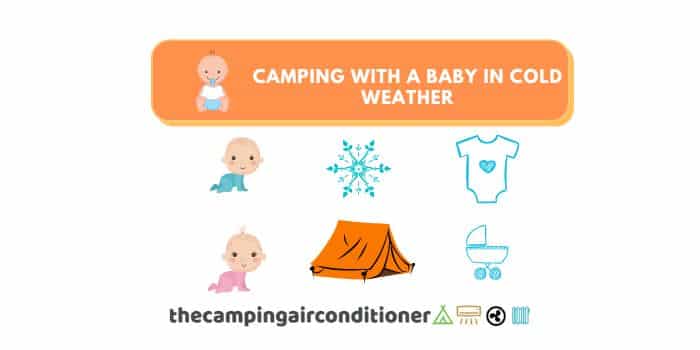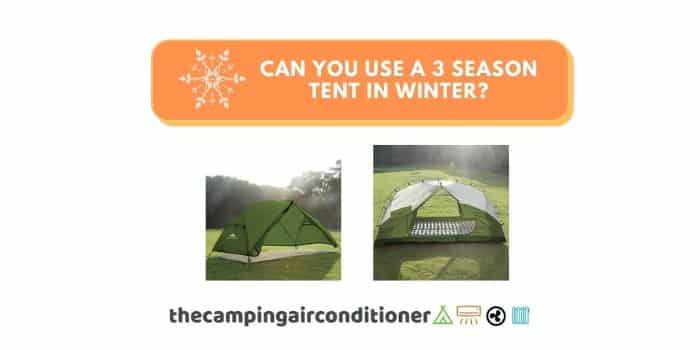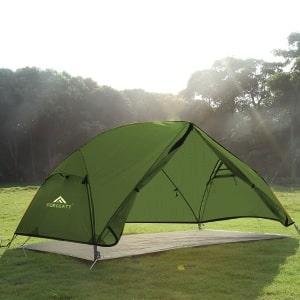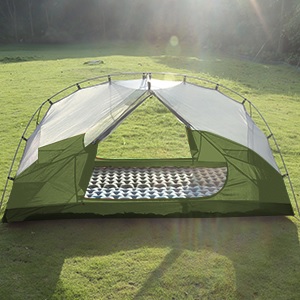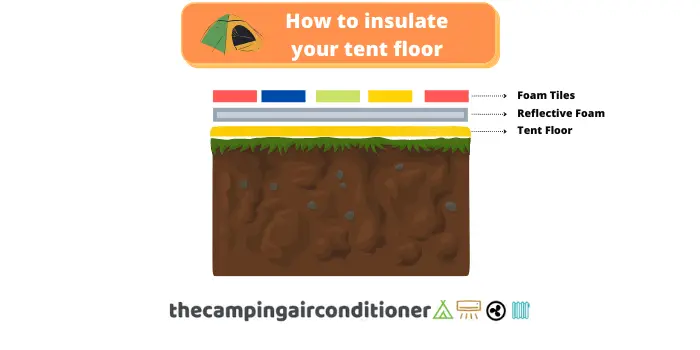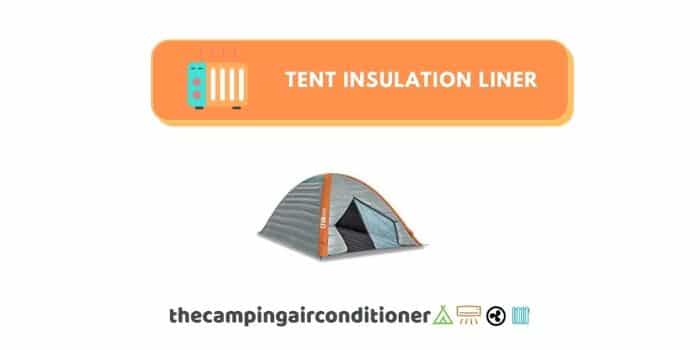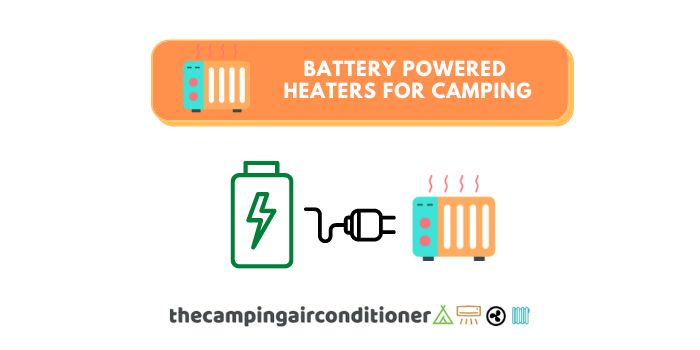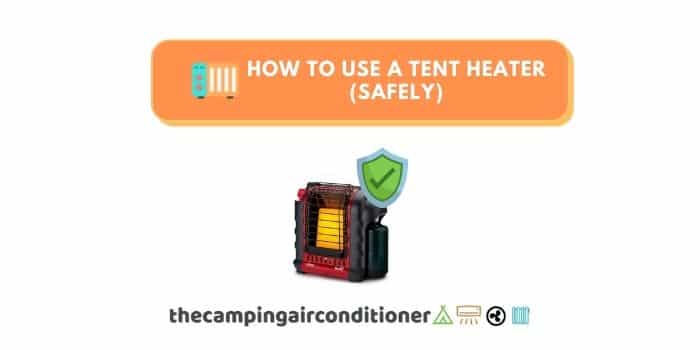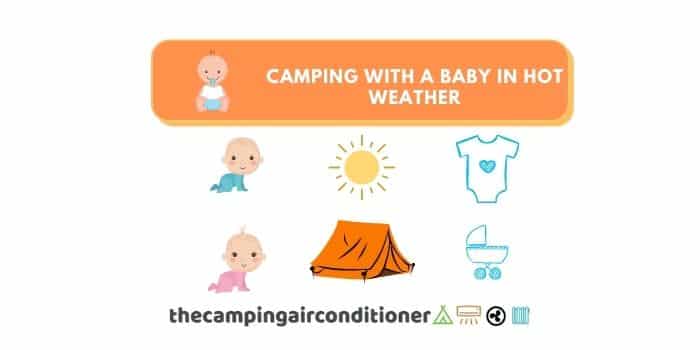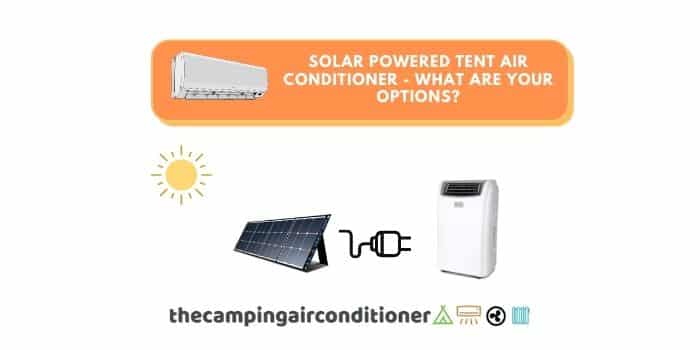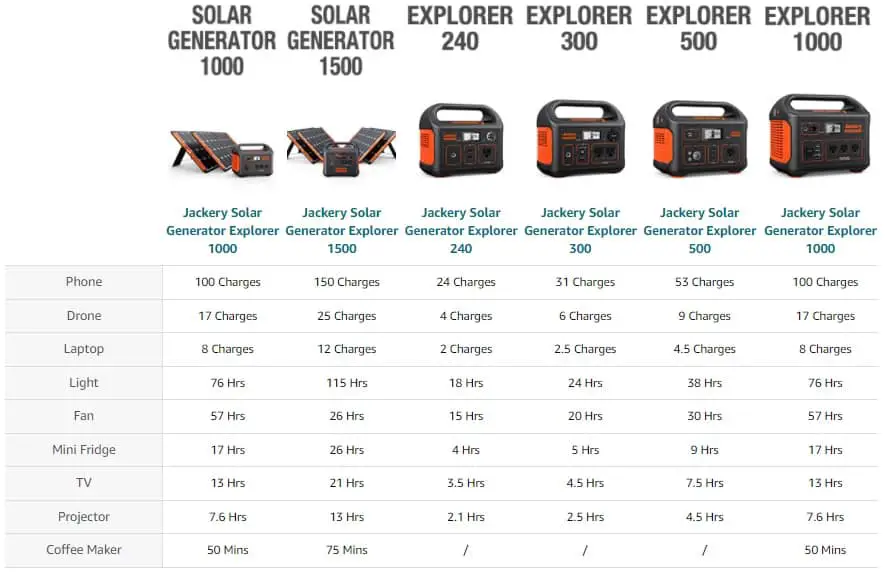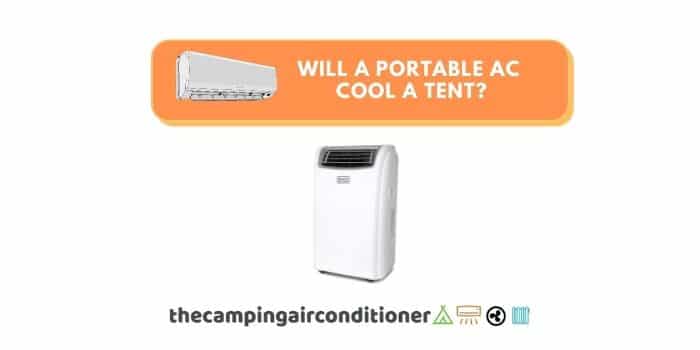Can you use Buddy heater in a tent? (Read this before using it)
Buddy heater is one of the most famous propane heaters on the market. Campers have widely used it to help tackle cold nights and create a cozy environment. A common question raised regarding its use: Can you use Buddy Heater in a tent?
Yes, you can. However, there are a couple of measures and rules that you should follow to ensure it is operated safely. Let’s check them below!
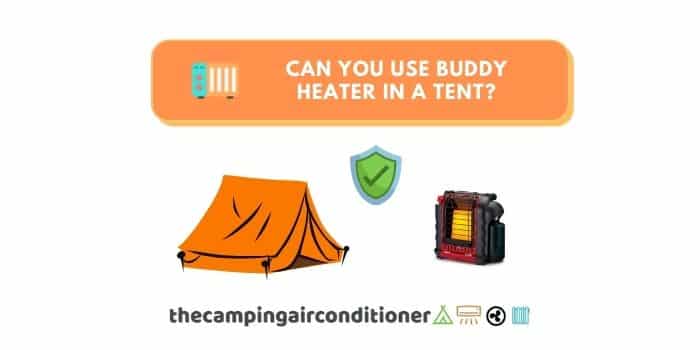
What are the risks of using Buddy heater in a tent?
Propane comes from natural gas and oil refining processes, and it is usually stored as a liquid in cylinder tanks under pressure. When out of the storage bottles, the liquid becomes a gas again.
The carbon molecules are broken during combustion, and monoxide carbon (CO) and water are released into the air, increasing CO and moisture levels.
Monoxide Carbon can be dangerous to the human body depending on its concentration in the air. More specifically, CO levels above 70ppm (particles per million) should ring the bell, and you might feel some mild symptoms of CO poisoning, such as nausea and shortness of breath.
CO levels above 150ppm are incredibly dangerous and can lead to death. The trickiest thing with this gas is that it is colourless and odourless, making it very difficult to identify. According to CPSC (Consumer Product Safety Commission), 170 people die every year (on average) from CO poisoning from non-automotive consumer products.
Apart from poisoning, there are also risks associated with device tipping over and overheating, which can lead to a fire.
So how to prevent this risk? Read some approaches below.
How to safely use Buddy Heater in a tent?
To use Buddy Heater safely in a tent, you should stick to some simple measures, which includes:
- #1 – Ensure that there is minimal ventilation inside your tent when using the device
- #2 – Monitor CO levels
- #3 – Ensure your device has overheating, tip over, and oxygen levels protection mechanisms
#1 - Ventilation in your tent
The more ventilation in your tent, the better. It will ensure that fresh oxygen goes into your tent and CO levels are maintained below 70ppm.
However, you need to find the sweet spot here to ensure the warm air stays inside your tent and does not entirely escape.
Keep your tent windows and doors partially open so that air circulation is possible.
#2 - Monitor CO levels
As discussed above, CO levels above 70ppm should trigger some concerns. How do you monitor it? Easy – bring a portable battery-powered CO monitor with you. They are cheap and easy to use!
#3 - Overheating, Tipping over, and Oxygen Depletion Levels mechanisms
Buddy heater already comes with auto shut-off mechanisms that turn the equipment off in tipping over incidents and low oxygen levels.
Where to safely place Buddy Heater in a tent?
Ensure that Buddy Heater is put in place with minimal air circulation and NOT close to flammable gear.
We recommend placing it at least 20cm away from the tent walls and ensuring that the heating face is not pointing to the walls.
Consider using a fireproof mat to avoid tent floor overheating.
Other safety tips to use Buddy Heater in a tent
- Never leave a heater unattended – this includes turning off your heater when sleeping.
- When using the heater in your shelter, remove all flammable stuff, such as plastic bags, paper, etc.
- Always check potential leaks
- Do NOT cover heaters
Is Buddy Heater adequate for my tent?
Buddy heater output ranges from 4000 Btu to 9,000 Btu, which would suit medium to large tents. We wrote an article detailing guidance for each heater size (BTU) you should get according to the size of your tent – read it here.
The table below summarises it. Overall, the heater size will depend on 2 variables: the required temperature increase and the size of your tent (area/volume).
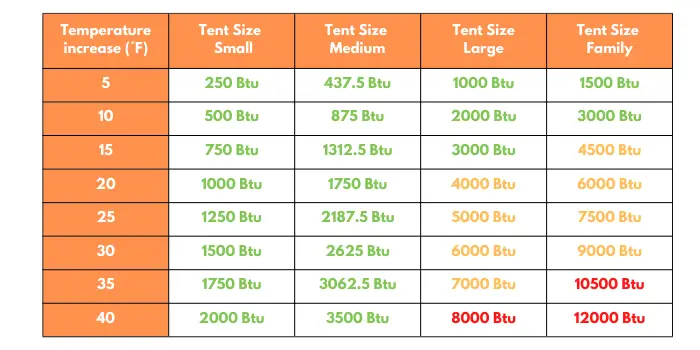
If you are solo-camping or using small tent, we recommend using Mr Heater F215100 (Little Buddy) (check our detailed review of it below).
Other Accessories to consider for Buddy Heater
If you already have Buddy Heater or are planning to buy one, you may consider the following accessories.
- Heater Portable Buddy Carry Bag 9BX
- Stainless steel hose for propane heaters
FAQ
What kinds of heater can be used in a tent?
Below, we list the potential heating alternatives for your camping adventures:
- Propane Heaters (gas heater)
- Butane Heaters (gas heater)
- Kerosene Heaters (liquid heater)
- Electric Heaters
- DIY Tent Heater (Candle Heater)
What is the safest tent heater?
Electric heaters are the safest option because they do not release CO into the atmosphere. However, if you don’t have an electric hookup next to your tent, propane heaters are a safe alternative, provided that you follow all the safety requirements.
Conclusion
Provided that you follow all safety measures, Buddy Heater is an excellent alternative to keep your tent warm and ensure a cozy night inside your tent.
For smaller tents (1-4 tents), Mr Heater F215100 (Little Buddy) will do a great work and solve your problems.
However, if you are still not comfortable with CO poisoning risks, we recommend using a electric heater – this is the safest option!




